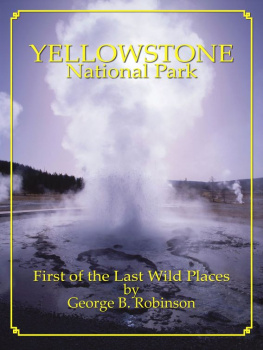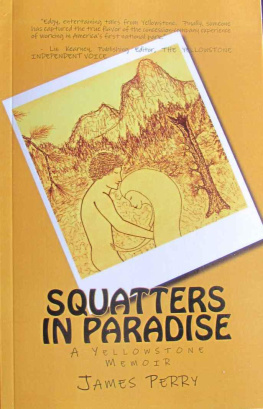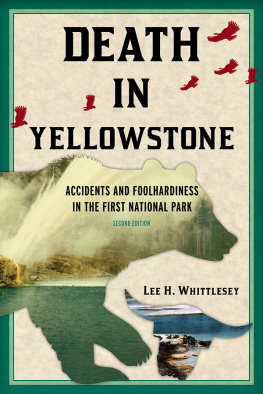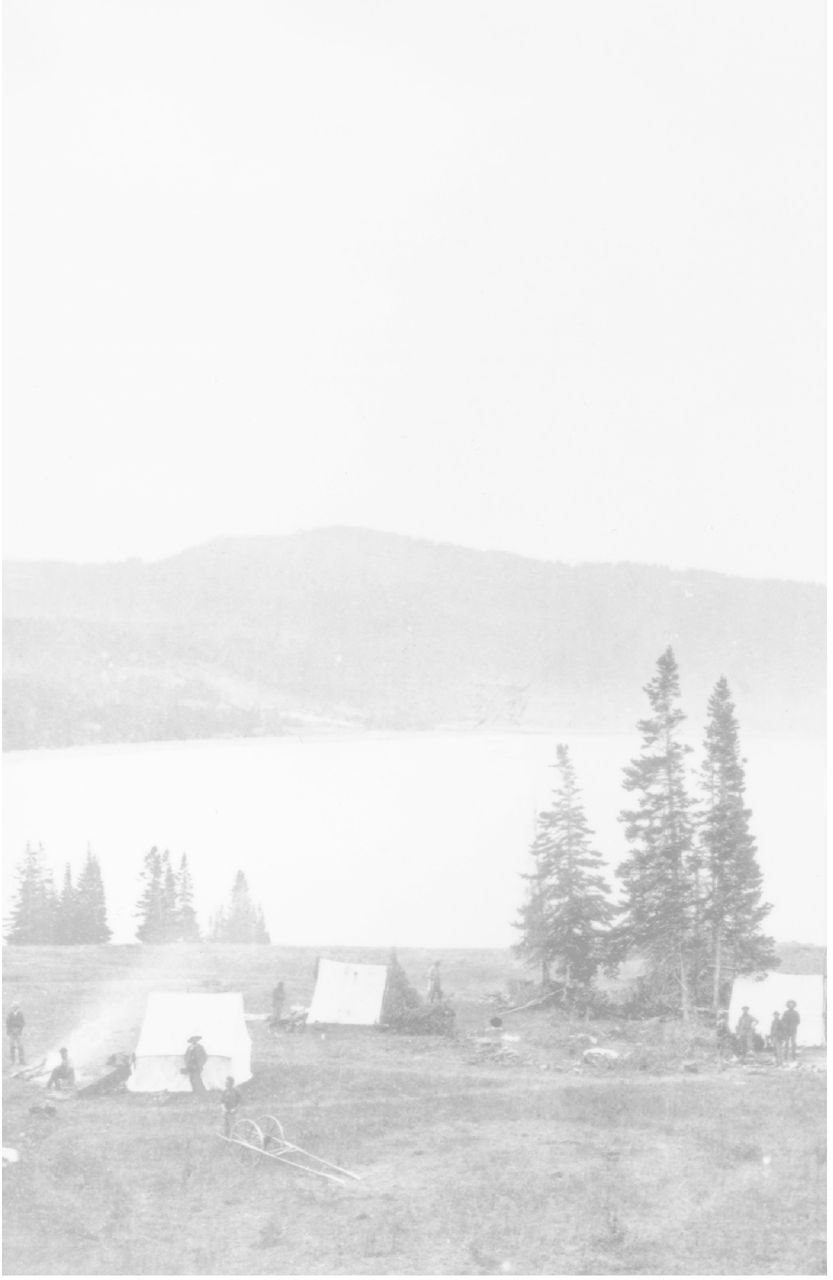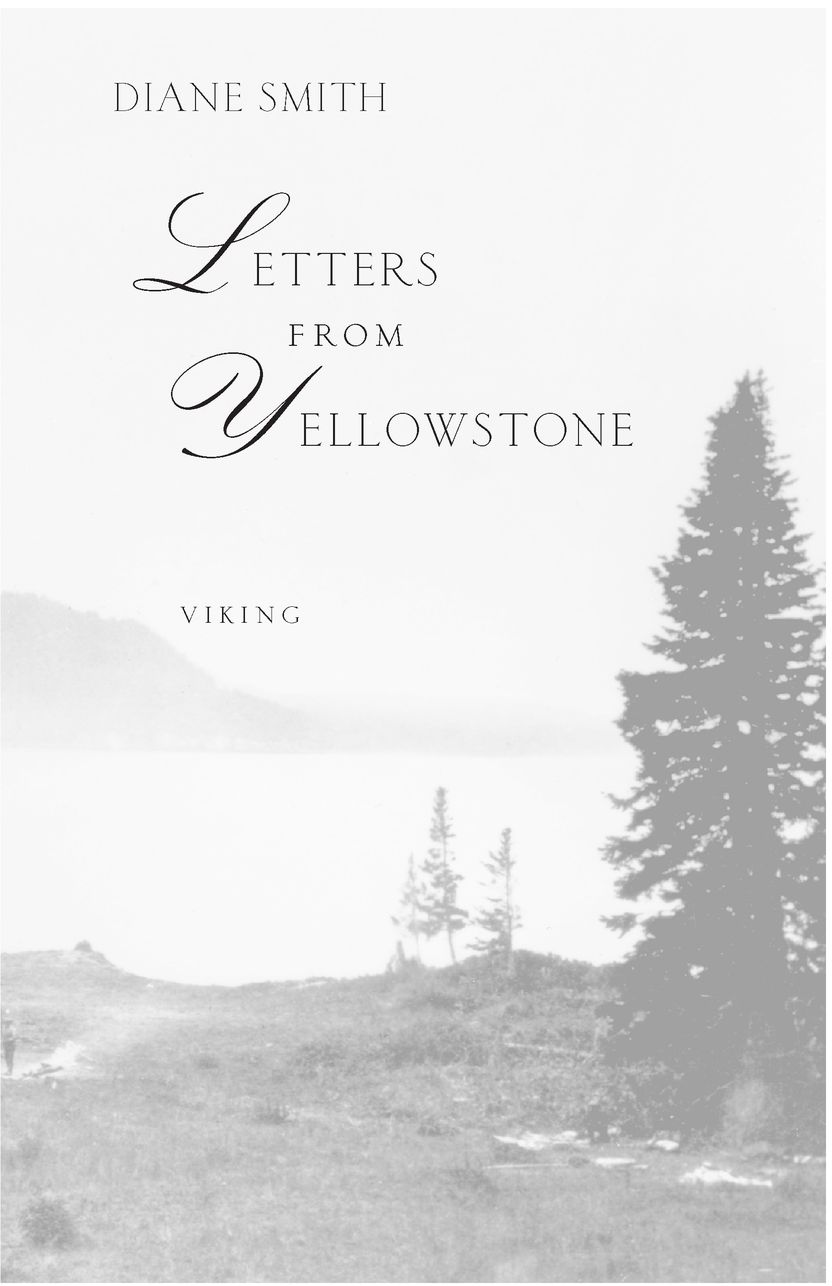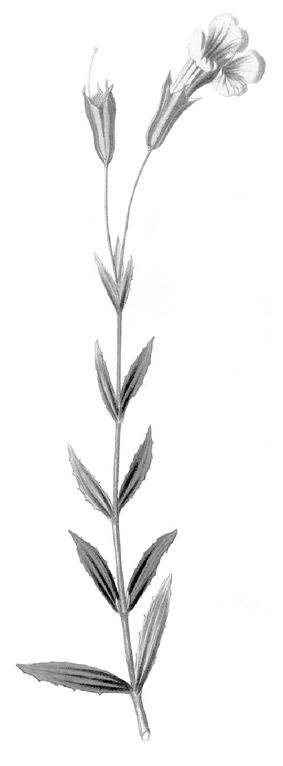Table of Contents
For Hannah Smith
There are more things in heaven and earth, Horatio,
Than are dreamt of in your philosophy.
Hamlet, William Shakespeare
Act I, scene v
1. MIMULUS LEWISII
A. E. Bartram
Cornell University
Ithaca, New York
March 10, 1898
Prof. H. G. Merriam
The Agricultural College
of the State of Montana
Bozeman, Montana
Dear Professor,
Dr. Philip Aber of the Smithsonian made a presentation on campus last week in which he discussed your planned field study in Yellowstone National Park. Although I have studied medicine during my tenure here, I prefer the study of botany over anything else. I have a personal collection of over 5,000 specimens, some of which I inherited from a distant relative on my fathers side, and have worked extensively on classification. For the last three years I have summered in Philadelphia studying the Lewis expedition, and have initiated an illustrated documentation of their collection, specializing in the Rocky Mountain species, e.g., Lupinus argenteus, Linum Lewisii, Clarkia pulchella, and, of course, Lewisia rediviva.
I have found this work to be immensely satisfying, but it has, of necessity, focused on studying species out of place and time. I am indebted, as we all are, to the earliest collectors, but am equally interested in exploring the complexities of plant life in their natural environs, and contributing to a scientific understanding of the plant kingdom. I am young, single, and without any engagement to confine me here. With your expressed interest, I could reach Montana by May 15; May 30 at the latest. Please advise at your earliest convenience as I am most anxious to make plans.
Sincerely,
A. E. Bartram
Howard Merriam, Ph.D.
The Agricultural College
of the State of Montana
Bozeman, Mont.
April 2, 1898
A. E. Bartram
Cornell University
Ithaca, New York
Dear Dr. Bartram,
Your letter arrived at a most fortuitous time. I am indeed planning a scientific expedition into the Yellowstone. My goal is threefold: to study Rocky Mountain specimens in their native setting and to initiate a collection of those specimens for a research herbarium I wish to establish here at Montana College. Based on this work, I plan to prepare a complete enumeration of Yellowstone and other Montana species.
As you may know, aside from Coulters preliminary work, little has been done to systematically collect, classify, and analyze the plant life of the northern Rocky Mountains, and much must be done if we are to better understand the region and its potential. I have selected the Nations Park as a starting point for my investigations because it shelters a diversity of virtually undiscovered plant life in what could very well be the last uniquely wild place in America. But that will not last, given the tourism promotion of the U.S. government and its railroad friends. Sadly, the situation throughout the West is much the same. Agriculture may be the future of this region, but it will destroy the land as we know it. Needless to say, there is much to be done and very little time before a wealth of native species is lost to us forever.
We will establish a camp of operations at Mammoth on or about May 1, weather permitting. I suggest you plan to meet us there as soon as possible after that date. You are welcome to pursue your own interests in plant life and the environment. I ask only that you contribute to both the Montana and Smithsonian Institutions research collections, and provide me with a copy of your field notes.
Although the high-mountain country around the Park warms slowly (and this has been an unusually severe winter), I plan to start my work in the areas around Mammoth Hot Springs and other geothermal activity so we should not be too delayed. Having collected extensively around the hotpots of Northern California while a graduate student at Berkeley, I look forward to comparing the species in these northern climes.
You, too, may find this unusual environment of interest. Thanks to a federal program of road construction, the Park is rapidly becoming overrun with tourists and other travellersthey say more than 10,000 last year alone!but I think you will find that most of the natural systems and wildlife which have evolved in concert with the geothermal areas, and which can add to an appreciation of plant life in this region, are still firmly in place. I do not know the Park well, but I assume you will also find ample opportunity to investigate the bitterroot in all its unusual stages of developmentif not in Mammoth and environs then in the higher backcountry once weather and other conditions improve.
I notice that in your letter you did not call out the Lewis monkeyflower. Perhaps a specimen did not survive the multiple owners and travels back and forth between Europe that the Lewis collection reportedly made before finding its permanent home in Philadelphia. You may wish to refer to Purshs illustrated Flora for additional information. The monkeyflower is, if I may say so, a lovely specimen. To encounter it at 9,000 feet is to share in some of the adventure of that first great American naturalist as he reached the elusive headwaters of the Missouri. Those compact petals and almost sensuous corolla lobes lilting along the creekbeds must have been as joyful a sight then as they are now. As you can tell, I, too, am devoted to the work of Meriwether Lewis and look forward to learning more about your studies.
Dr. Bartram, before closing I fear I must be perfectly frank with you. Although you appeal for no commitment, I would be remiss to ask you to travel such a great distance without some word about your prospects once you are here. I can reimburse you, of course, for your travel to and from Montana. I can, naturally, provide for your room and board in the field. I can also offer a small stipend, but only upon successful completion of the work, and only if the expedition proceeds as scheduled. Since you are a collector yourself, you know the financial and other hazards that await us in the field. Please understand that I cannot afford to finance any unexpected expenditures out of my own pocket. Such expenses must come from my very limited expedition funds. I had hoped to be joined by my colleagues here at the college, which would have cost me little, but due to a marriage, a death, and a trip to our nations capital, those plans have not been realized. Thus, I find myself embarrassingly short of funds to adequately support and reward your participation.
Additionally, although there will be much classification to be accomplished during the fall and winter months, I cannot guarantee a position to you upon completion of our field work. Although I have great plans to establish a botanical research herbarium, these plans are not shared by the college president, who believes the study of botany is somehow in conflict with the educational and agricultural missions of the college. That agriculture is the growing of plants and that botany is the systematic study of those plants seems to have escaped him altogether. He is, you must understand, an historian, and as such more interested in building monuments named after the dead (dead naturalists at that!) than exposing students to living, breathing science in the here and now. But I digress.


